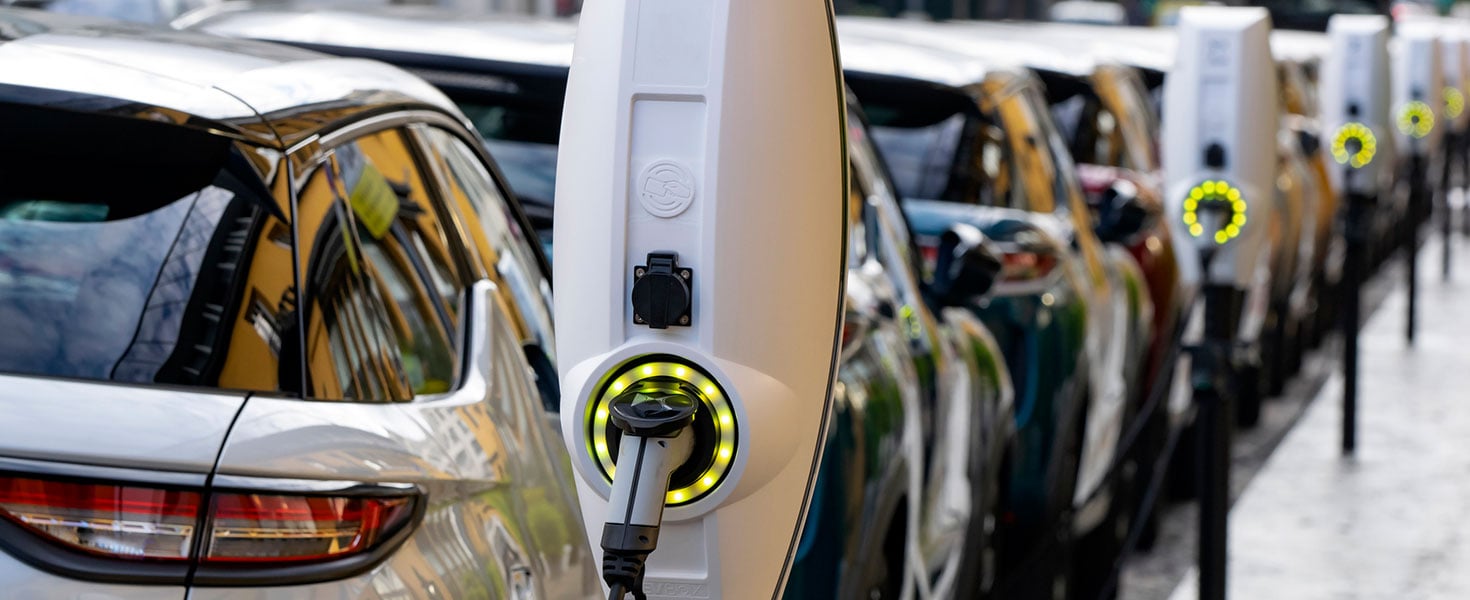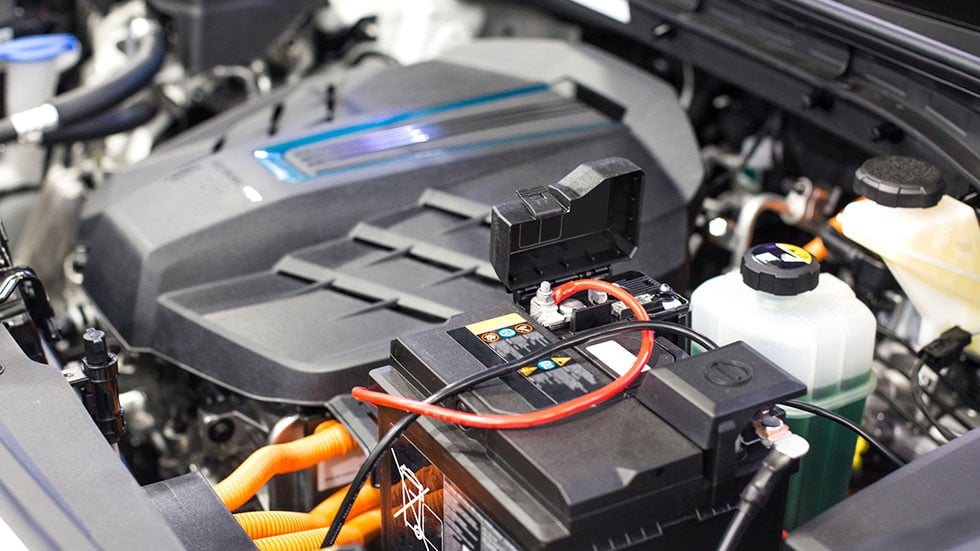Jump-Starting an EV—Take These Precautions to Prevent Damage
Why the type of jumper car makes all the difference


Each year, auto manufacturers are releasing more of their models as electric vehicles (EVs). In 2022, 14% of all new vehicles sold to consumers were electric, which was up from about 9% in 2021 and less than 5% in 2020. As American consumers warm to the idea of owning an EV and the charging infrastructure becomes more robust, many who are considering making the leap to an EV have basic questions about how these types of vehicles work, how far they can travel, and what to do when and if an EV won't start.

What types of batteries do EVs use?
Every EV and hybrid comes equipped with two electrical systems. There is the system with the main, large, lithium-ion battery that powers the drivetrain of the EV and moves it down the road. Then there is the 12-volt battery system, like what you will find under the hood of a gas-powered daily driver. These batteries are used to power accessories like windows, door locks, lights, infotainment system, onboard computers and, perhaps most importantly, the starting of the EV.
When drivers hop in their EV to start it, the 12-volt powers the computers and programming that tells the vehicle to turn on so without it, even if your EV's lithium-ion battery is fully charged, the vehicle will not start.

Jump-starting an EV
The process works in much the same way as it does for a regular, combustion-engine vehicle. But despite the similarities, care should be taken when you jump-start an electric car. For example, you should never jump-start an EV with another EV or hybrid vehicle. Doing so could cause catastrophic damage to the electrical systems on both the dead and jumping vehicles. You should only attempt to jump-start an EV’s 12-volt battery with a combustion-engine vehicle or jumper pack. You should also never attempt to jump-start the main lithium-ion battery in an EV or hybrid as you could severely damage the battery or electrical system.
8 steps to jump-starting an EV
Step 1: Find the EV’s 12-volt battery. Usually this is under the hood, but if not, consult the owner’s manual to find out where it is. Park the jumper vehicle close enough to the EV that jumper cables will reach, but far enough away to avoid the vehicles touching during the jumping process.
Step 2: Turn off all electronics, lights, and accessories. Make sure everything attached to the electrical systems is turned off, especially in the EV, but in the jumper vehicle as well. This will prevent any additional electrical strain from impacting the electrical systems in either vehicle during the jump start process.
Step 3: Connect the positive (red) clamps. Start by attaching a clamp to the positive post on the dead EV battery, then the positive clamp on the jumper battery.
Step 4: Connect the negative (black) clamp to the negative terminal on the jumper battery, then connect the negative clamp to the negative grounding point for the dead battery.
WARNING: You should always take care when attaching jumper cables to prevent the positive and negative clamps from touching. This can create a short and cause damage to one or both vehicles if done carelessly.
Step 5: Start the jumper vehicle and allow it to run for around five minutes. This will allow it to transfer power to the EV’s dead 12-volt before you attempt to start it.
Step 6: With the jumper vehicle still running and cable still attached, attempt to start the dead EV. If it still does not start, wait another five minutes before trying again. If it does start, keep the EV running for a few minutes while connected to the jumper vehicle.
Step 7: Disconnect the jumper cables in the reverse order the cables were attached. So, first disconnect the negative grounding clamp on the EV, then the negative clamp on the jumper battery followed by the positive clamp on the jumper battery, and finally disconnect the positive clamp from the EV battery, being careful not to let the ends of the cables touch in the process.
Step 8: Run the EV for at least 20 minutes. Drive it around and make sure that everything is working properly. Running the vehicle like this will allow the electrical system to charge the 12-volt battery enough that it will start the vehicle on its own.
Conclusion
While the process for how to jump-start a car battery will be familiar to most vehicle owners, those with electric cars need to be extra careful to prevent damage to sensitive electrical systems. Consider purchasing a portable jump starter device that you can carry in your trunk. These not only work to get a dead EV running again, but they save you the hassle of having to find a gas-powered vehicle to bail you out.
